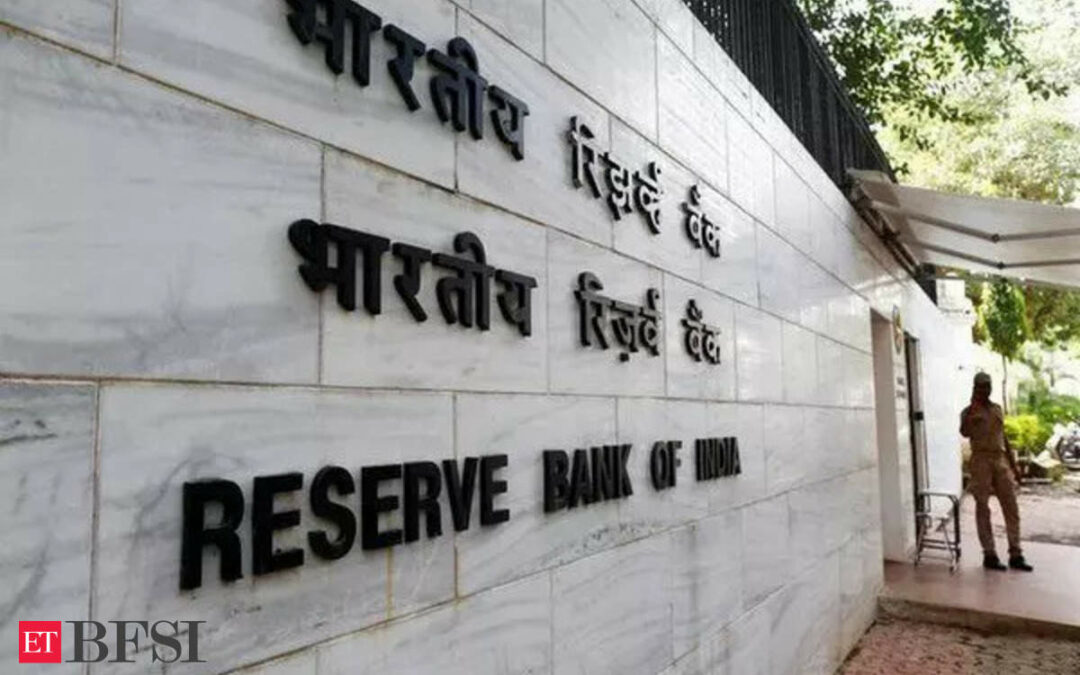Mumbai: Amid discussions with bankers over elevated funding costs and operational challenges brought about by liquidity deficit, the Reserve Bank of India (RBI) has sought to cool money market rates by conducting regular short-term fund injections after a long hiatus.
“Banks have individually communicated with the RBI after the liquidity deficit widened significantly at the end of December. The money market rates had shot up, making it more expensive for borrowers to raise funds in debt capital markets,” a source aware of the developments said.
Money market rates represent banks’ short-term borrowing costs, in turn influencing the cost of funds across the economy.
Sources said that some banks had also raised concerns over the maintenance of Liquidity Coverage Ratio (LCR) – a mandatory requirement that directs banks to maintain a certain amount of High-Quality Liquid Assets (HQLA).
Some banks had been conducting repurchase (repo) operations using securities to raise immediate funds as liquidity was tight. In the process, the securities were losing the HQLA tag for the duration of the repo operations.
An email sent to the RBI for comment did not receive a response.
The RBI’s recent liquidity management suggests that the central bank is permitting overnight money market rates to drift lower from the upper band of its interest rate corridor and gradually head toward the benchmark policy repo rate of 6.50%.
Aligned Rates
According to the operating framework of the RBI’s monetary policy, the central bank aims to align the weighted average call rate (WACR) with the repo rate through proactive liquidity management. However, over the past few months, the WACR has largely been closer to the Marginal Standing Facility (MSF) 0f 6.75%. The MSF represents the upper band of the interest rate corridor and is a penal rate at which banks borrow from the RBI.
Since December 15, the RBI has conducted four rounds of seven-day variable rate repo (VRR) auctions – a method to provide funds to banks. While the RBI had intermittently conducted repo auctions earlier, those operations were broadly timed with advance tax outflows and not held on a sustained basis.
With banks now more confident about the RBI’s presence to provide funds, the WACR on Friday closed at 6.73% – below the MSF for the first time since early December. From end-September onwards, the WACR has largely been at or higher than the MSF.











